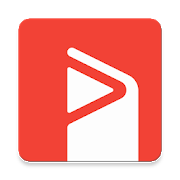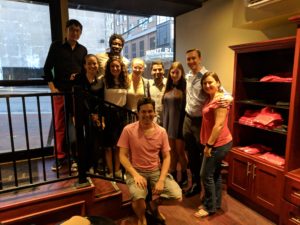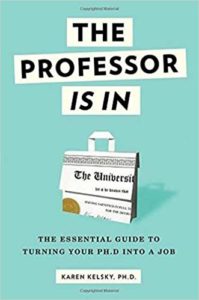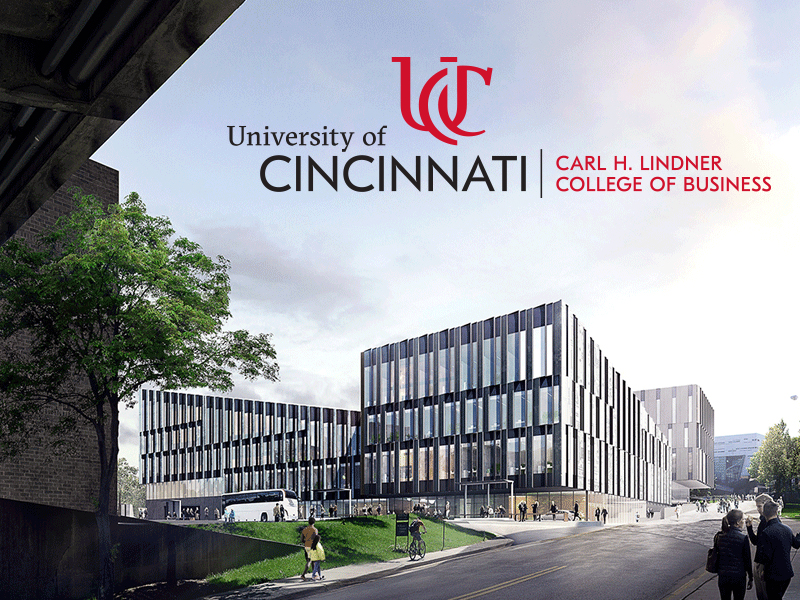Here’s your academic minutiae for the week. I accepted a tenure-track job offer in February. Here are the roadblocks my wife and I encountered on the path to home ownership in our new city:
Roadblock #1. We contacted a real estate agent in March about house hunting in Cincinnati. She suggested we get pre-approved for a mortgage. We contacted multiple traditional and online lenders. No one can approve a mortgage more than 3 months out from the start date of a new job. Many won’t approve more than 2 months out. As my start date is August 15th, searching in March didn’t work.
Roadblock #2. Our real estate agent, who we had only talked with over the phone, wanted us to sign a buyer’s agreement that said we would use her on any housing purchase over the next 12 months. We hadn’t met her yet and didn’t know if we would get along with her or if she would do a good job. Such an agreement is non-standard and not necessary. We “fired” her. Later, we would find an agent without any buyer’s contract or agreement.
Roadblock #3. If you are moving to a different city, you won’t necessarily know the area or which communities to consider. Members of your new department can provide suggestions, but you’ll have to find a good fit for yourself. This may entail one or more house hunting trips. Luckily for us, Cincinnati is only ~3 hours from Bloomington, so it was a relatively short trip. However, once we started looking again in late May, it took 3 multi-day trips to finally find a house we were interested in. We had an accepted offer on June 1st, with a closing date of July 13th. If your new city is further away, you probably won’t have the luxury of multiple trips. Many people rent for the first year to give themselves time to learn the area and to house-hunt while in town.
Roadblock #4. The first lender we contacted in June would not approve any loan based on a job offer, so that was a non-starter.
Roadblock #5. The second lender we contacted (who had great rates online), was willing to approve based on a job offer. However, after multiple days, the lender came back and said that it could only approve if the job offer does not have any contingencies. My offer is contingent on a background check, a review of my academic transcripts, and a drug test. None of those will be issues, but I will not clear the contingencies until late July. As such, this lender wasn’t going to work for a July 13th closing date. We had to find a local lender who was familiar with job offers from my new university and was willing to ignore the contingencies.
Roadblock #6. We recommend putting an inspection contingency on any house offer you submit, so that you can back out of the deal if major issues show up during inspection. It’s highly recommended that buyers attend the inspections of the house they are buying. It is difficult to schedule inspections to align with your schedule, and this will often entail an extra trip to the new city. We were able to get a home inspector and chimney inspector to arrive at the same time on June 8th, one week after our accepted offer. Unfortunately for us, the inspection revealed several flaws in the house that we were unwilling to deal with. We asked for a release from the contract based on the inspection contingency.
Roadblock #7. After our contract release, it would be nearly impossible to find a new house with a closing date in July. Our lease in Bloomington ends at the end of July and there is no way to extend it. I don’t want to move our stuff into storage for any length of time. As such, we were out of options for buying a house. We will be renting next year in a single-family house that meets all the criteria of the house we were going to purchase (3+ beds, 2+ baths, garage, flat yard).
Good luck house hunting! Know that it is difficult with an academic job offer.







